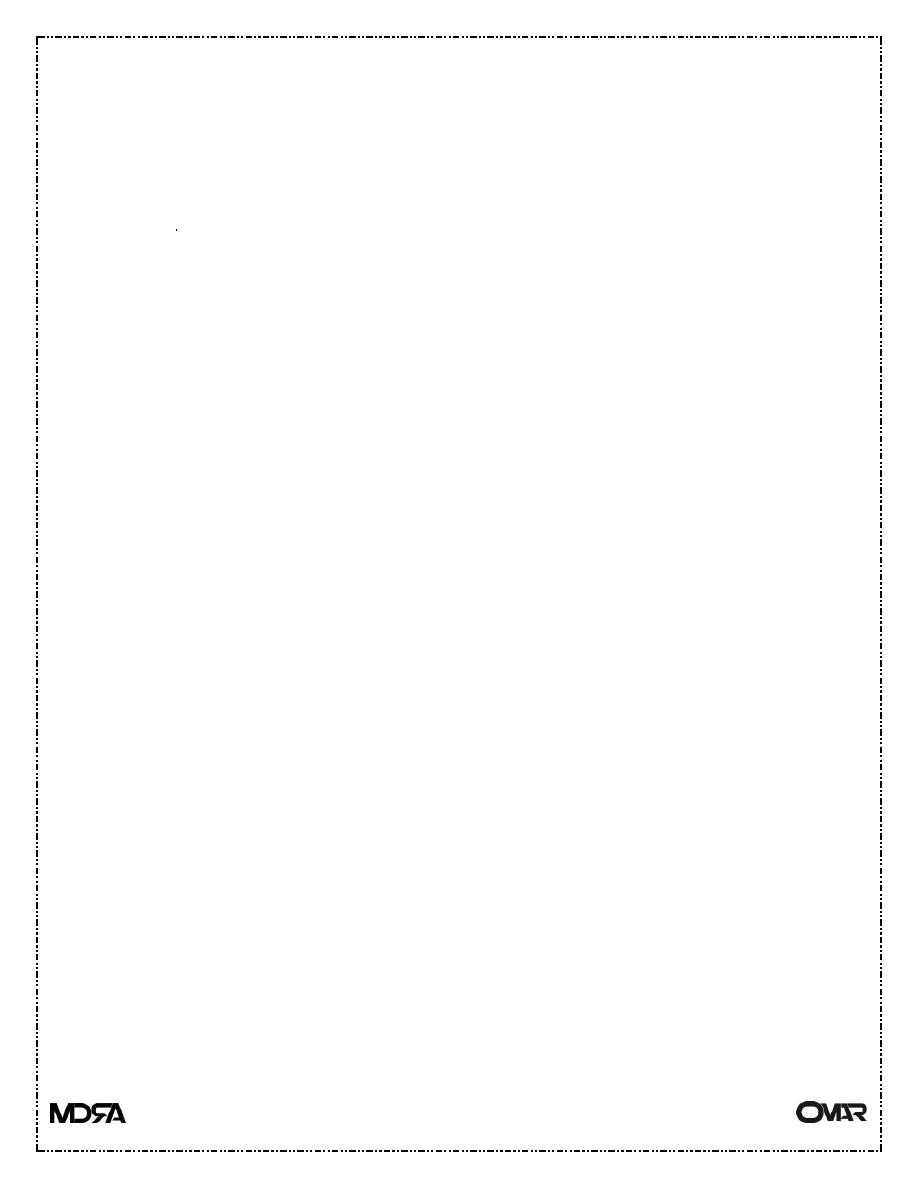
Pharmacology lecture
CNS
3
rd
Stage
1
ANTI-CONVULSIVE AGENTS:-
Seizure is the second common neurological disorder after stroke , affecting 1 %
of the peoples , their standard therapy permit 80% of disease control . it is define
as a heterogeneous symptoms complex , chronic disorder characterized by
recurrent attack of fits or seizure episode of the brain dysfunction that resulting
from abnormal discharge of cerebral neuron , their causes can be neurological
disease , or infection , or neoplasm , or head injury , or underlying toxic or
metabolic disorder like hypocalcaemia , or vitamine B6 deficiency .
---------------------------------------------------------------------------------------- .
DRUGS THERAPY :-
A- drugs that used in treatment of partial seizure(ps) & generalized tonic-clonic
seizure :-
1-phenytoin : it is an oldest non- sedative anti-seizure agent ,
FOSPHENYTOIN is a more soluble form of drug that used for parenteral route
& rapidly converted into phenytoin in plasma .
Mechanism of action it is at therapeutic dose block sodium channels & inhibit the
generation of repetitive action potentials .
It absorbed via GIT completely , highly protein binding , theirmetabolism by
parahydroxylation , small amount excrete un-change , their half-life 12-36 hours .
Their toxicity : - nystagmus need no dose reduction , while doplopia & ataxia
required dose reduction . gingival hyperplasia & hirsutism , mild peripheral
neuropathy , osteomalacia that due to it affecting vitamin D metabolism , skin
rash , fever .
2- phenytoin congeners(synthetic) like MEPHENYTOIN , ETHOTOIN,
PHENACEMIDE . first two more effective against partial seizure & generalize
tonic-clonic sseizure , second one recommended foe partial seizure of
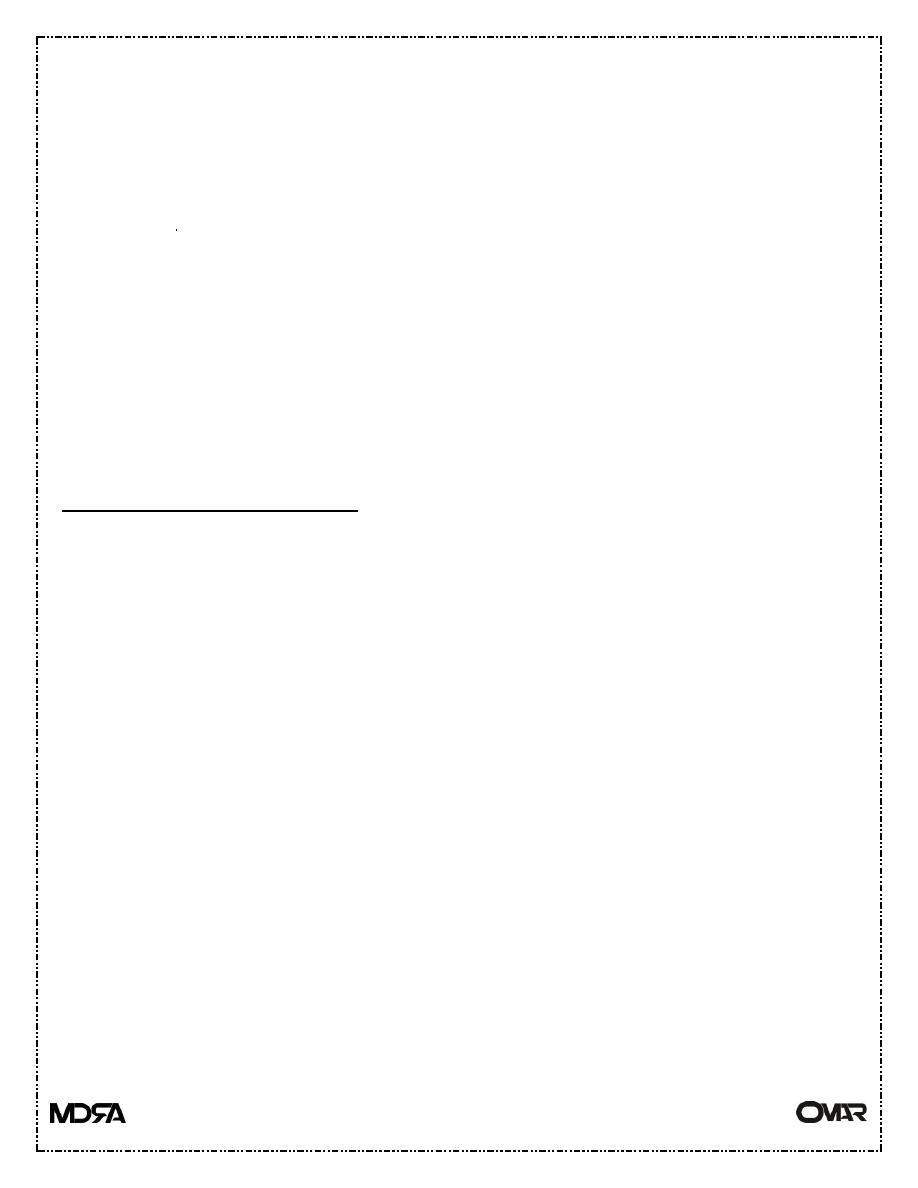
Pharmacology lecture
CNS
3
rd
Stage
2
hypersensitivity to phenytoin .third one metabolite into NIRVANOL via
demethylation which is also anti-seizure agent , then hydroxylated to be excreted
. phenacemide used for refractory partial; seizure .
3-carbamazepine : discus in anti-depressant agents .
4-oxcarbazepine : closely related to carbamazeoine their half-life 1-2 hours ,
less potent than carbamazepine , its dose 50% more than that of carbamazepine .
5-phenopbarbital :- oldest & safest anti-seizure agent , some consider it as a
drug of choice in treatment of infant seizure , barbiturate acid derivatives include
4 agents [Phenobarbital , mephobarbital , methrbital , primidone] all of anti-
seizure efficacy .
Their mechanism of action :-
a- enhancement of inhibitory processes & diminish of excitatory transmission .
b- suppress high firing in the neuron like phenytoin only at high concentration &
also it block calcium current
c- enhance GABA receptor mediated current by prolong opening of chloride
channel .
Their clinical uses used in ps , gtcs & any other form of seizure showed control
difficulty. Since it cause respiratory depression it chould use cautionly in status
asthmaticus , bronchopneumonia or any respiratory infection or disease causing
respiratory insufficiency , it used in pregnancy if their use outweigh the risky , it
used during labor the baby should careful follow-up for respiratory depression ,
50% of trhe drug excreted via renal system so need caution in renal failure ,
parenteral route of given need caution takeplace in hypotensive , respiratory or
CV disease or shock since there is a risk of hemodynamic or respiratory adverse
effects , it excreted in breast milk & can cause CNS depression in infant . their
adverse effects like hypotension , bolus rashes , impotence , diarrhea ,
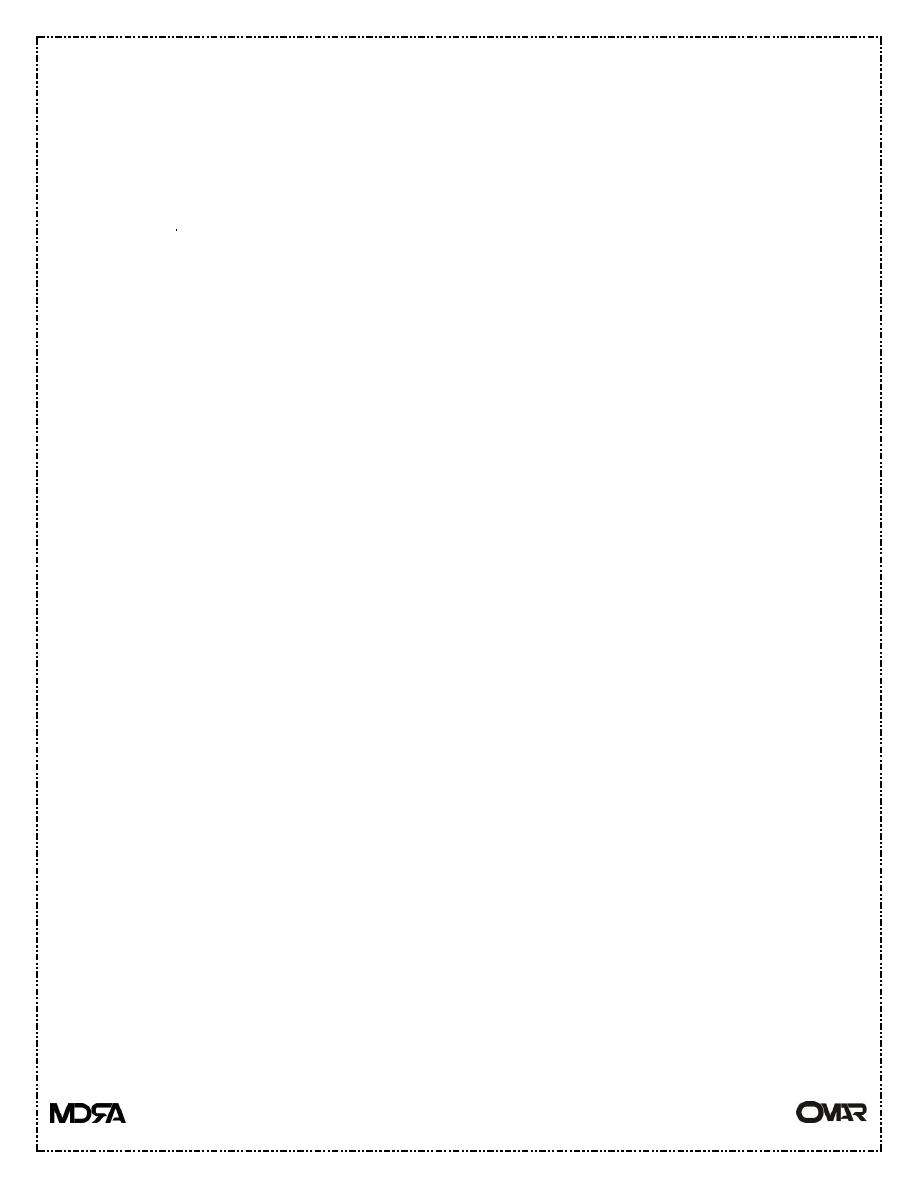
Pharmacology lecture
CNS
3
rd
Stage
3
constipation , exfoliative dermatitis , decrease of libido , learning impairment ,
lethargy , interstitial nephritis , insomnia , injection site reaction , miosis ,
mydriasis , respiratory depression , photosensitivity , osteopenia , sinus brady
cardia , urticaria ..etc .
6-primidone : it is converted into Phenobarbital , their half-life 6-8 hours , used
in treatment of ps & gcts . it is completely absorbed via GIT , only 30 % bounded
to plasma protein , their metabolism via oxidation then hydroxylation then
conjugated to excrete in the urine , their dose 10-20 mg /kg /day , start with low
dose & gradually increasae to avoid prominent sedation & GIT upset complain .
their toxicity like Phenobarbital + early treatment drowsiness .
7-vigabatrin : it is act by a- irreversibly inhibition of GABA aminotranferase
(GABA-T) enzyme that responsible for GABA degradation so cause increasing
of GABA at synaptic region so it enhance the inhibitory effects . /b- potential
GABA by inhibiting GABA transport .
Their clinical uses ps + WEST
,
S syndrome . their dose in adult initially start with
500 mg X 2/day then increase up to 2-3 g/day
Their toxicity like drowsiness , dizziness , weight gain , agitation , confusion ,
psychosis , visual field defect in one –third of the patients . it is rapidly absorbed ,
their half-life 6-8 hours .
8- lamotrigine :- their mode of action include a-suppress sustained rapid firing of
neurons & produce a voltage & use-dependent inactivation of sodium channel
like phenytoin . /b- act on voltage –activated calcium channel . their clinical uses
ps as mono-therapy , add on other agent therapy , absence & myoclonic seizure in
children . their toxicity dizziness , headache , diplopia , nausea , somnolence &
skin rash . it is completely absorbed via GIT , 55% their protein binding , their
half-life 24 hours , their dose 100-300 mg /day , on using of volproate increase
their half-life in 2 fold , initial dose 25 mg every othe day .
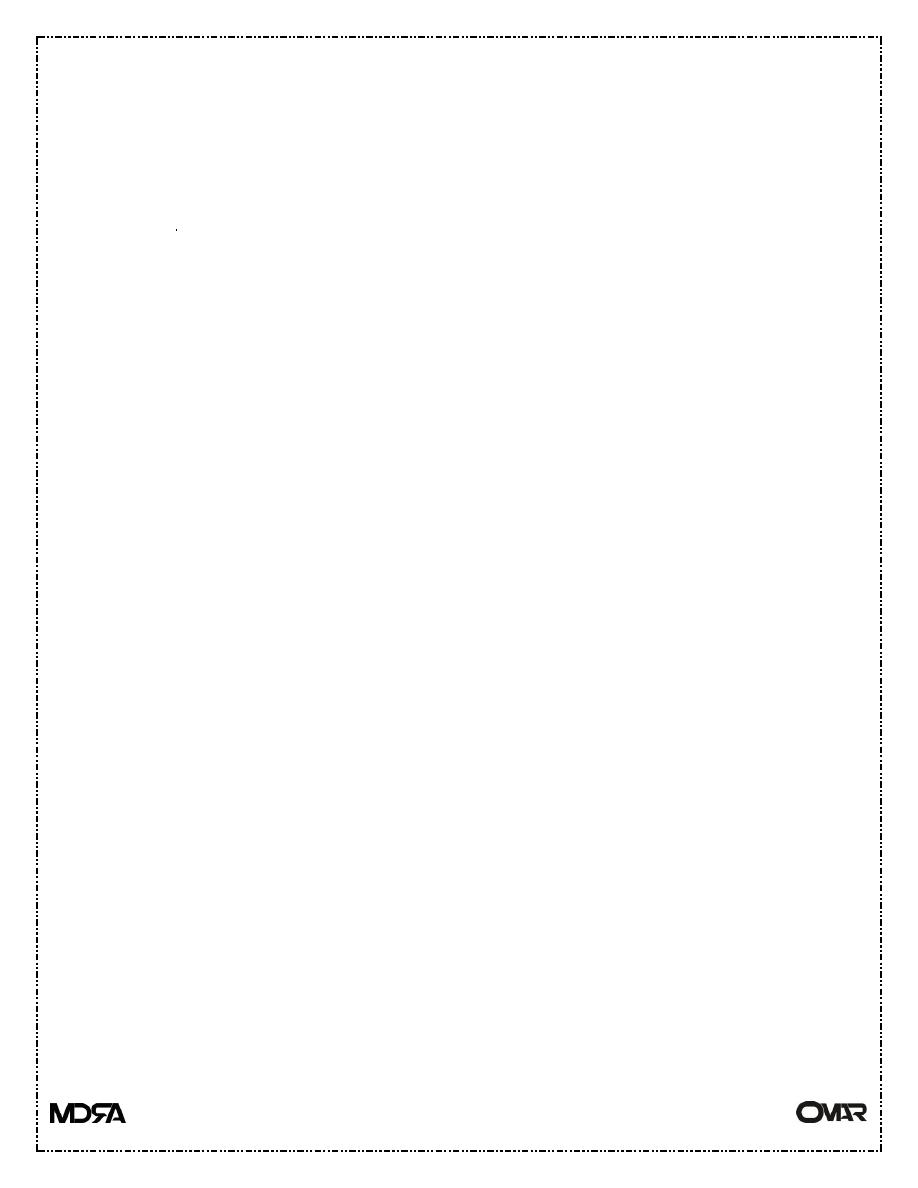
Pharmacology lecture
CNS
3
rd
Stage
4
9-felbamate :
It can cause sever hepatitis & aplastic anemia , it is a third line drug for treatment
of refractory cases , their half-life 20 hours , iot metabolite by hydroxylation ,
usual dose 2-4 g/day , used for ps , seizure occur in Lennox-Gastaut syndrome .
10- gabapentin : it is GABA analog affecting agaist partial seizure , gtcs , in
dose upto 2400 mg/day their toxic effect like somnolence , dizziness , ataxia ,
headache , & tremor . . the drug not metabolite & excreted as unchanged , their
half-life 5-8 hours , use in 2-3 daily divided doses .
11-topiramate : it is a substituted mono-sacharride , their mode of action include
a- block repetitive firing of spinal cord neurons . /b- potentiate the inhibitory
effect of GABA . /c-depress the excitatory action of kainite . rapidly absorbed .
15 % plasma protein binding , 20-50 % metabolite & excreted in urine , some
excreted unchanged , their half-life 20-30 hours . their clinical uses ps , gcts ,
absence seizure , west,s syndrome , lennox-gastaut syndrome , . used in dose 200-
600 mg /day in divided daily doses . their toxicity include somnolence , fatigue ,
dizziness , parathersia , nervousness , confusion , urolithiasis .
12-tiagabine :- it is nipecotic acid derivative , their mode of action inhibit GABA
uptake in both neuron & glia . it is highly protein binding agents , their half-life
5-8 hours , their metabolism in the liver via oxidation via CYP3A , eliminated
mainly by feces & minor in the urine . their clinical uses ps(in dose 16-56
mg/day) in divided daily dose , their toxicity include nervousness , dizziness ,
tremor , difficult in concentration , depression . confusion ,ataxia , somnolence
required treatment discontinue .
13-zonisamide :- it is sulfonamide derivatives , main site of action include
sodium channel & calcium channel , use for ps , gcts , infantile spasms , certain
myoclonic form of seizure . it is of low protein binding capacity , their half-life 1-
3 hours , excreted in urine , used in dose 100-600 mg /day in divided daily doses ,
child dose 4-12 mg/kg/day . most important toxicity id drowsiness .
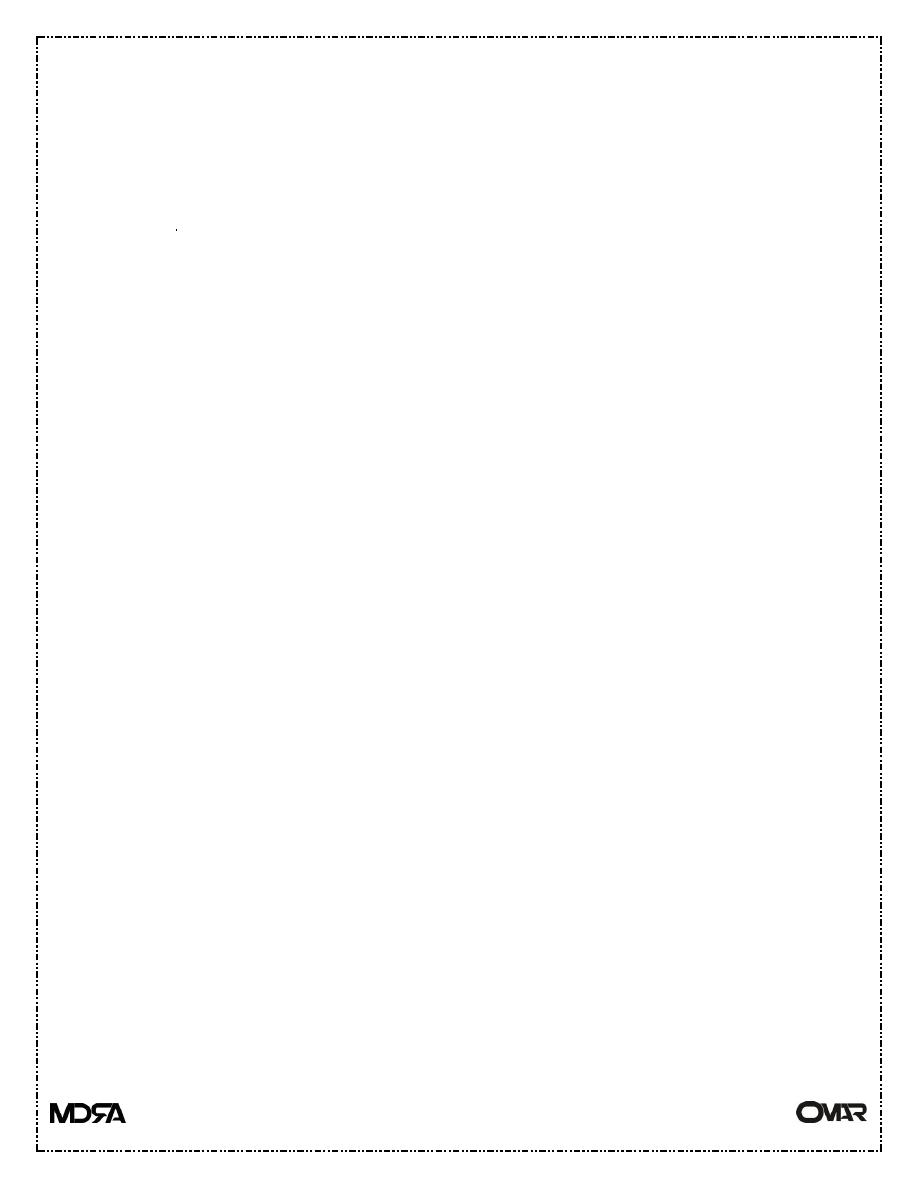
Pharmacology lecture
CNS
3
rd
Stage
5
14-levetiracetam: it is piracetam analog , used in ps , completely absorbed on
orally given , their half-life 6-8 hours , two-third of the drug excreted unchanged
in urine , their dose 500 mg X2 /day . Their toxicity like dizziness , somnolence
& asthenia .
==========================================================
DRUGS USED IN TREATMENT OF GENERALIZED SEIZURE .
1-ETHOSUXIMIDE :- its mode of action include a-on calcium channel it
reduce low threshold current . /b-inhibit sodium/potassium ATPaes ./c-inhibit
GABA aminotranferase ./d- depress brain metabolism rate .
It is com;etely absorbed oraaly , of no protein binding capacity , cross into CSF
where their concentration like trhat of plasma , metabolite by hydroxylation ,
their half-life 40 hours , used in dose of 750-1500 mg /day , used for absence
seizure , their toxicity like gastric distress like (nausea , pain , vomiting ) al can
be decrease by starting with low dose & gradually increase , transient lethargy or
fatigue , headache , dizziness , hiccup , skin rashes .
2-phensuximide (less effective) &
methsuximide(more toxic) tham
ethosuximide .
3- valproic acid(va) & sodium valproate(sv) : -
Va one of the series of fatty acid or carboxylic acid , their mode of action
include a – block sustain high frequency repetitive fring of neurons . /b-effect on
sodium current . /c-increase the level of GABA by increase glutamic acid
decarboxylase(enzyme responsible for GABA synthesis ) . their clinical uses in
absence seizure( although that ethosuximide is the drug of choice as alone but va
use if gcts is concomitant) , gcts , atonic seizure , partial seizure .
It is well absorbed via GIT , 90 % protein binding capacity , their half-life 9-18
hours , undergo oxidative metabolism , their dose 20-30 ,g /kg/day .
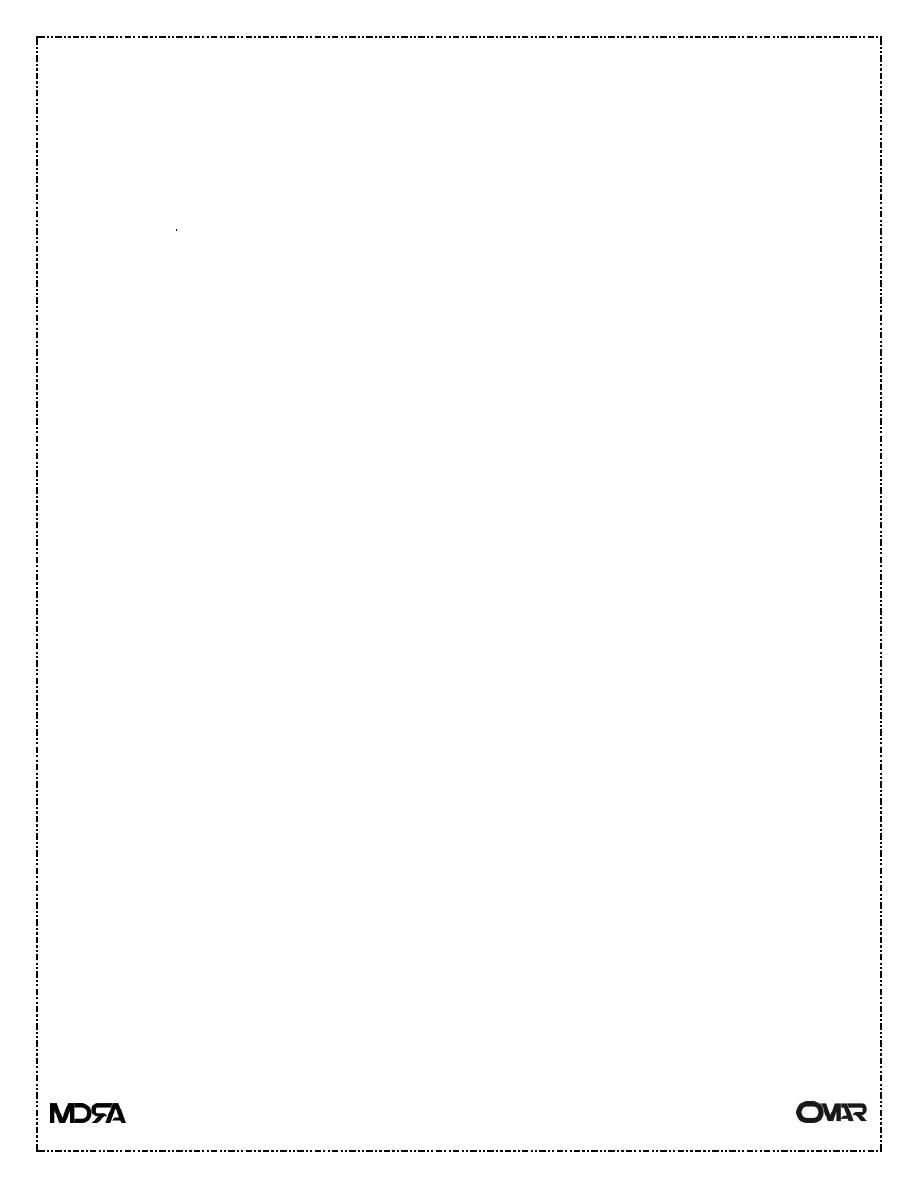
Pharmacology lecture
CNS
3
rd
Stage
6
Their toxicity include :- nausea , vomiting , abdominal pain , heart burn
(required give in low dose & gradually increase it or reduce of the dose ), fine
tremor , weight gain , hair loss , hepatotoxicity that need careful liver test
monitoring , in pregnancy it cause increase incidence of spina bifeda .
4-oxazolidinediones like [trimethadione, paramethadione, dimethadione ] all
use nowadays very limited, their mode of action include it raised the threshold for
seizure discharges following repetitive thalamic stimulation while dimethadione
has effects on thalamic calcium current (reduce the current) . trimethadione well
absorbed orally , of no protein binding capacity , undergo complete metabolism
by liver demethylation into dimethadione that exert most anti-seizure effect, their
half-life 16 hours , their used in dose 30 mg/kg/day , their toxicity include
sedation , metabolic acidosis , rashes , exfoliative dermatitis , drug not used in
pregnancy .
==========================================================
OTHER DRUGS USED IN TREATMENT OF SEIZURE :-
1-BENZODIAZEPINE:-
a-diazepam as IV or orally , use to stop continues seizure activity especially
gtcs , status epilepticus , not so
use orally since it is of rapid developing of tolerance .
b-lorazepam use IV for status epilepticus , it is of longer duration of action .
c-clonazepam long acting drug , used for absence seizure , one of the most
potent anti-seizure agent , also
use for treatment of myoclonic seizure & infantile spasm , use for sedation .
d-clorazepate di-potassium :- used for complex partial seizure , commonest
adverse effects are drowsiness & lethargy .
e-nitrazepam : used for infantile spasm & myoclonic seizure .
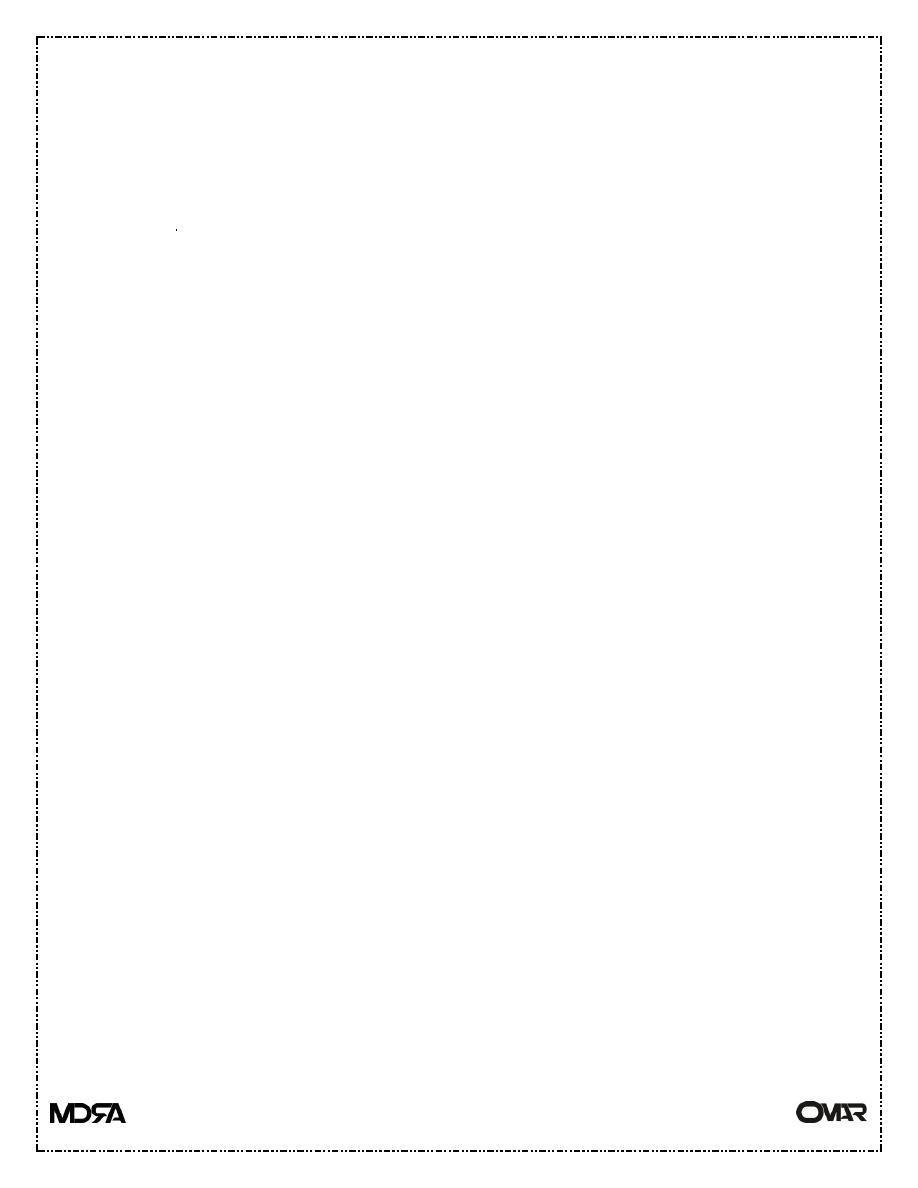
Pharmacology lecture
CNS
3
rd
Stage
7
f- clobazam their half-life 18 hours , effective in dose 0.5-1 mg/kg/day .
all well absorbed via GIT , of rapid onset of action , widely distributed into body
tissues , extensively metabolites , some of their metabolites are active agents ,
their half-life about 20-14 hours , but their limitation due to their sedation effect
& tolerance that occur within few months after using .
2-acetazolamide : it is carbonic anhydraes inhibitors , use as diuretics , their
mode of action include [a-cause accumulation of CO2 in the brain ./b-
depolarization action of bicarbonate ion moving out of neurons via GABA
receptors ion channel will be diminished by carbonic anhydrase inhibitor . ] .
Use for all type of seizure , their limitation sever & rap[id tolerance development
, especially for woman seizure at menses , in dose of 10 mg/kg /day upto 1 g /day
. other carbonic anhydrase inhibitor used agents like SULTHIAME .
3-BROMIDE :- use for treatment of seizure in patient with porphyria , their half-
life 12 days , used in dose of 3-6 g/day , their toxic effects like sedation & skin
rashes .
==========================================================
DRUGS CHOICE IN SEIZURE DISORDER :-
1-In case of partial & generalized seizure we can use phenytoin, barbiturate ,
carbamazepine .
2-in case of generalized seizure that classified into :-
a- generalized clonic-tonic seizure we can choice drugs in 1 + valproate .
b- absence seizure we can use ethosuximide & valproate –nonsedative form &
clonazepam of sedative ?7 tolerance limitation .
c- myoclonic seizure we can use valproate , clonazepam .
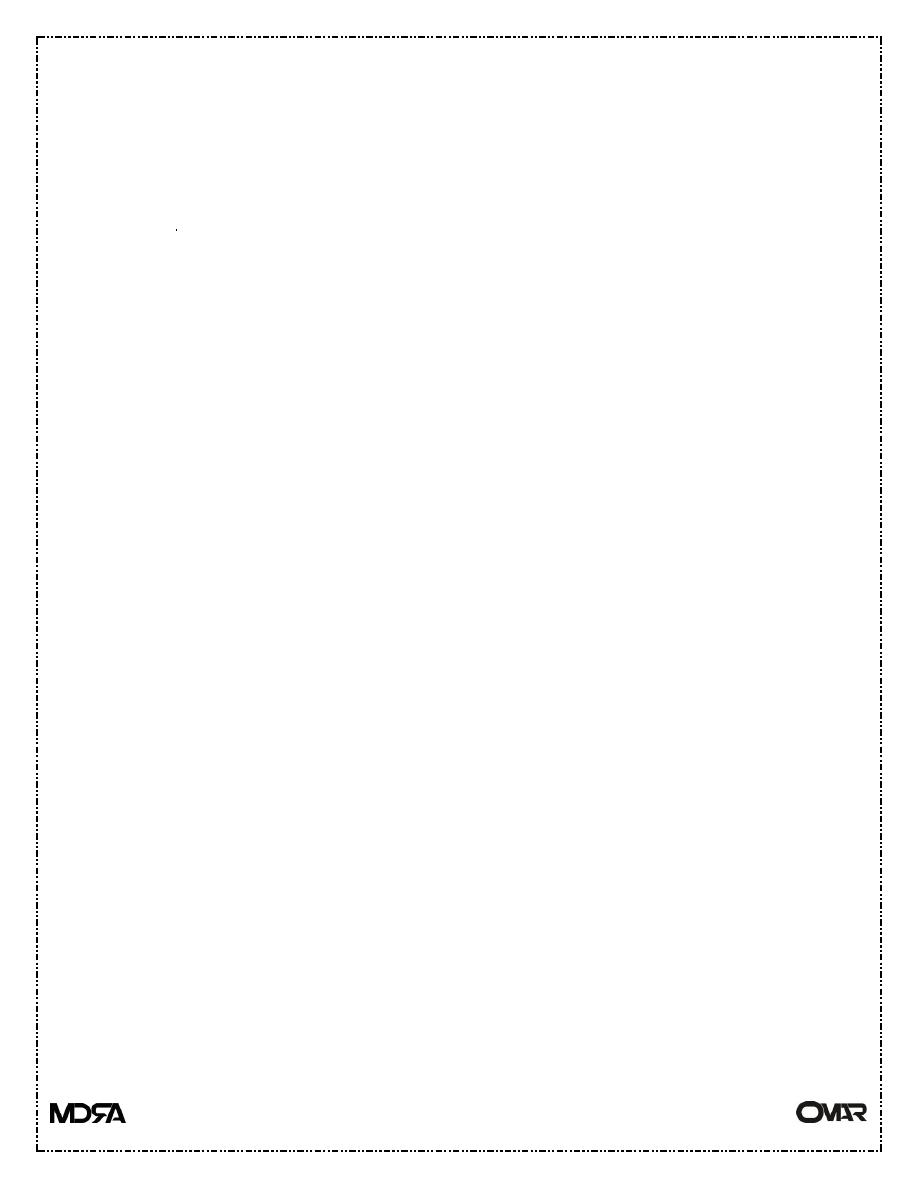
Pharmacology lecture
CNS
3
rd
Stage
8
d- atonic seizure it resist for all drugs typer , valproate may has some
effectiveness against it , other like benzodiazepine, felbamate , lamotrigine .
==========================================================
Status epilepticus
Type generalized clonic-tonic seizure consider as life-threating condition that
need in addition to anti-seizure need treatment of CVS, respiratory system,
metabolic defect . seizure treatment include IV anti-seizure either diazepam
which is the most effective drug to stop frequent attack, in dose 20-30 mg IV then
we give the patient either phenytoin or lorazepam which is of longer duration of
action . then we give him fosphenytoin in dose of 13-18 mg/kg . if no response to
phenytoin a large dose of Phenobarbital of 100-200 mg IV & in highly resistance
cases general anesthesia may be consider .
==========================================================
withdrawal of anti-seizure increase the frequency of seizure .
treatment with monotherapy if there is a continue fit attack we shift to combine
therapy & treatment continue till patient become free of fit attack then after 3
years of free of fit we can gradually decrease the dose & frequency to stop
medication within few months , if no recurrence no need for other treatment other
wise patient put on life-long therapy .
